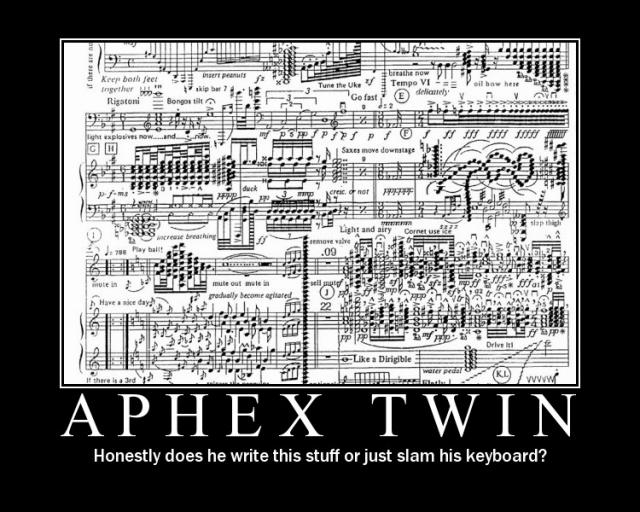jet_porkins
Newbie
- Joined
- Aug 24, 2008
- Messages
- 1,459
- Reaction score
- 0
What would that have anything to do with what I said? I assumed it was a great piece of music anyway.
Sure, maybe sheet music would be a good way to compare 2 pieces of music in the olden days before electronic and sampled music, but in modern times it's completely stupid to attempt to apply it to modern music.
I edited my post to remove any provocation I may have implied.
I got a little carried away in simply trying to explain that the sheet music itself wasn't the basis of comparison. Forgive the intrusiveness.













